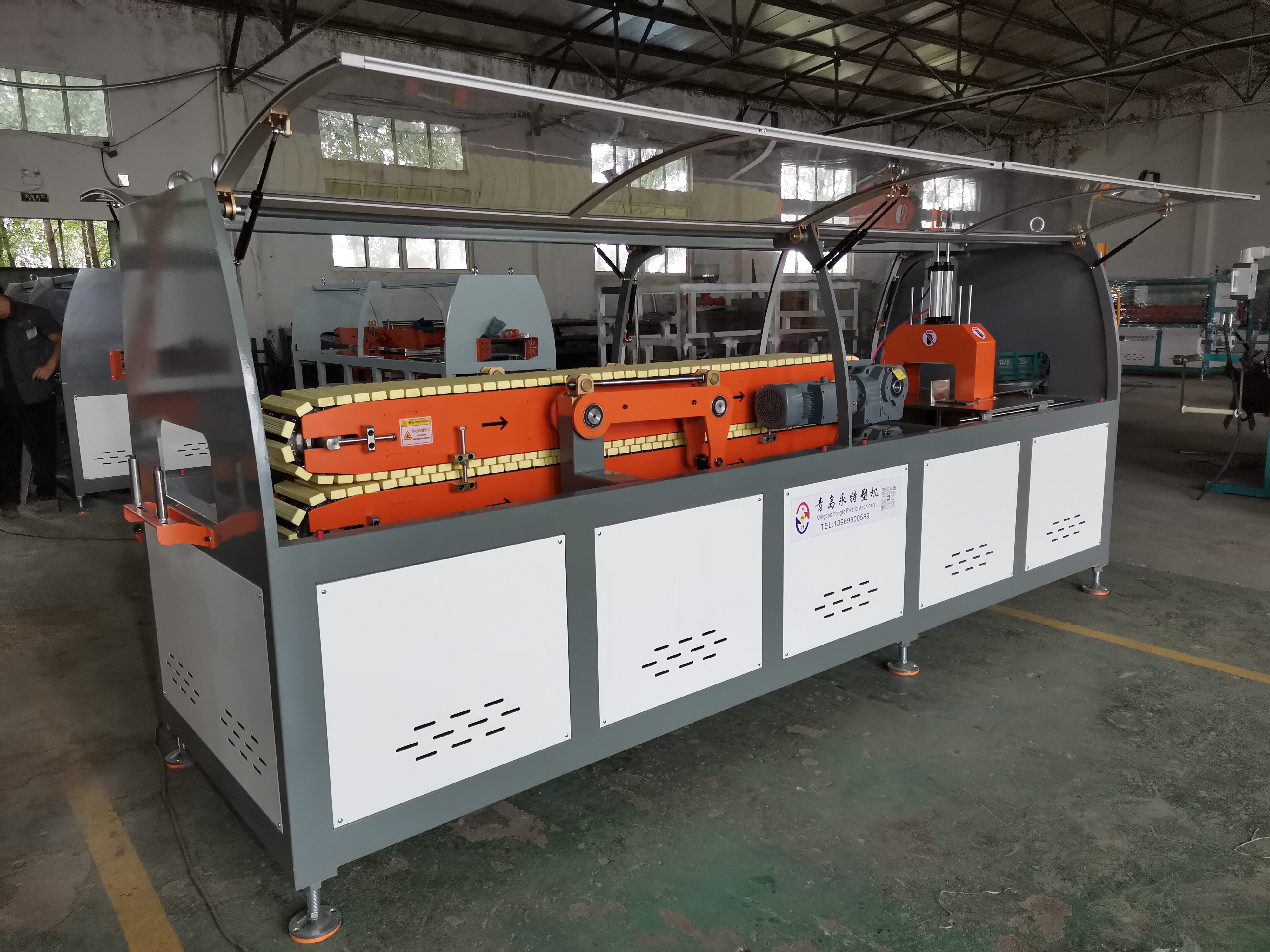1.Observe the symptoms:
If the tractor suddenly stops running, and the alarm indicator on the control panel lights up, or there is smoke and burning of the electrical components, it may be an electrical fault.
If you hear abnormal noise, vibration intensification, parts stuck or movement is not smooth, it is more likely to be a mechanical failure.
2.Check moving parts:
Manual rotation of mechanical parts, such as pulley, gear, etc., if the rotation is difficult, there is a sense of blockage, usually mechanical problems, such as parts wear, deformation, foreign body stuck.
If the rotation is easy, but the equipment still does not work properly, it may be an electrical fault.
3.Measuring electrical parameters:
Use a multimeter to measure electrical parameters such as the power supply voltage, motor current, and resistance. Unstable voltage, too large or too small current, abnormal resistance, etc., may indicate an electrical fault.
4.Check the control system:
Check whether the buttons and switches on the control panel respond normally, and whether the parameters on the display are correct. If the operation does not respond or the display is abnormal, it may be a problem with the electrical control system.
5.Listen to the voice:
Electrical faults may be accompanied by the "pop" sound of an electrical spark discharge or by electromagnetic noise.
Mechanical failures are mostly the "click" and "squeak" of friction and impact.
6.Check the connection line:
Check whether the connection of wires and cables is loose, falling off, and broken, which is often a common cause of electrical failure.
7.Analyze equipment operation history:
If the equipment has been repaired or replaced with mechanical parts recently and then fails, the possibility of mechanical failure is greater.
If the equipment has had electrical modifications or frequent electrical problems, the probability of electrical failure is relatively high.
By comprehensive application of the above methods, the fault type of the plastic tractor can be judged more accurately, and the corresponding maintenance measures can be taken.
Fault 1: Insufficient traction
Possible causes:
Belt or track worn, loose.
Transmission component failure, such as loose chain, gear wear.
The solution:
Adjust or replace belts and tracks so that they maintain appropriate tension.
Inspect and repair or replace transmission components, tighten chains, and replace worn gears.
Fault 2: Traction speed is unstable
Possible causes:
Motor failure, such as governor problems, motor windings abnormal.
The control system is down. The sensors are down.
The solution:
Repair motor, adjust governor or repair motor windings.
Check the control system and replace the faulty sensor.
Fault 3: Abnormal noise
Possible causes:
Parts are poorly lubricated.
The bearing is damaged.
Mechanical parts are loose or collide.
The solution:
Add lubricating oil or grease.
Replace damaged bearings.
Tighten loose parts and adjust their positions to avoid collisions.
Fault 4: The temperature is too high
Possible causes:
Run continuously for a long time.
Insufficient lubrication leads to increased friction.
The heat dissipation system is faulty.
The solution:
Appropriate downtime.
Strengthen lubrication.
Check and repair the heat dissipation system, for example, clean the heat dissipation fan and heat sink.
Fault 5: the belt or track runs off
Possible causes:
Incorrect installation, not aligned.
Idlers or rollers are out of position.
The solution:
Reinstall belt or track properly.
Adjust the position of the idler or roller.
